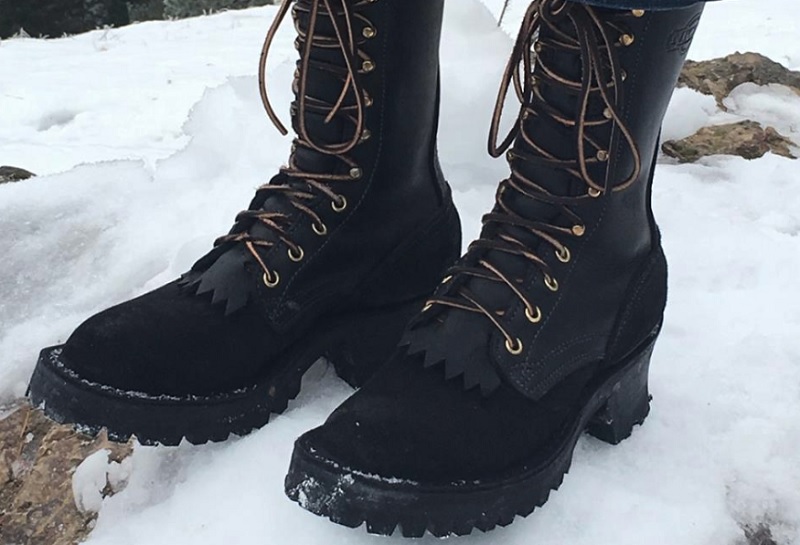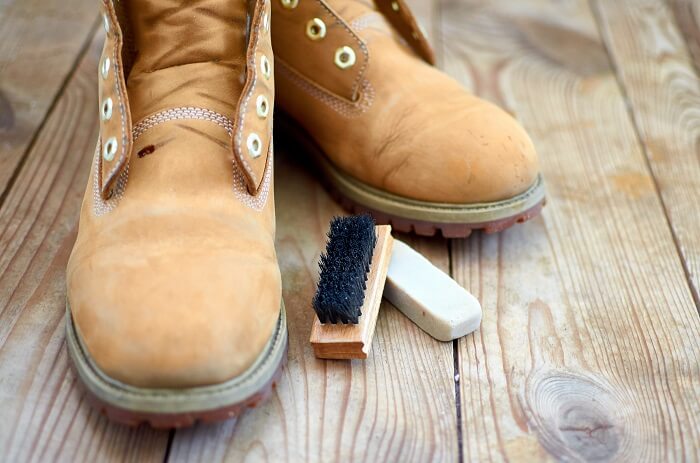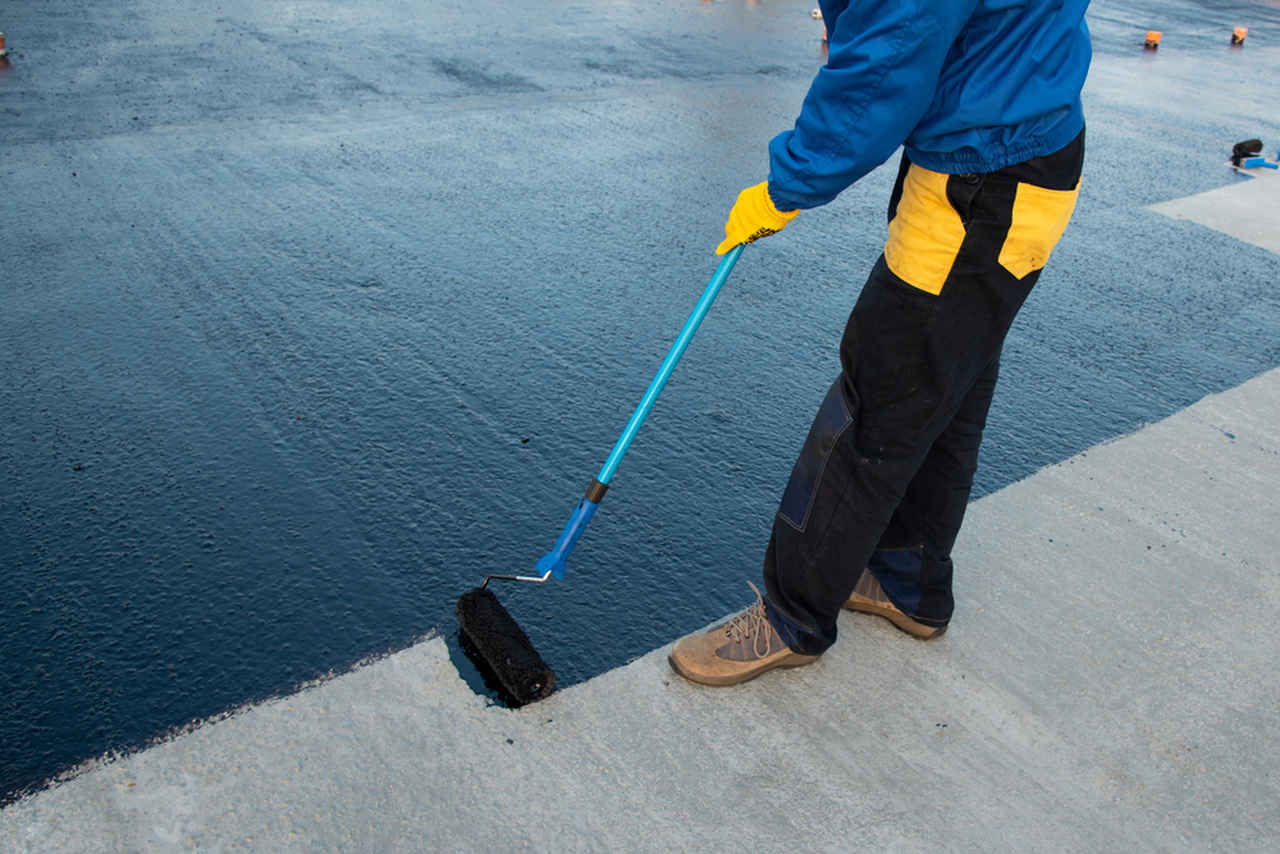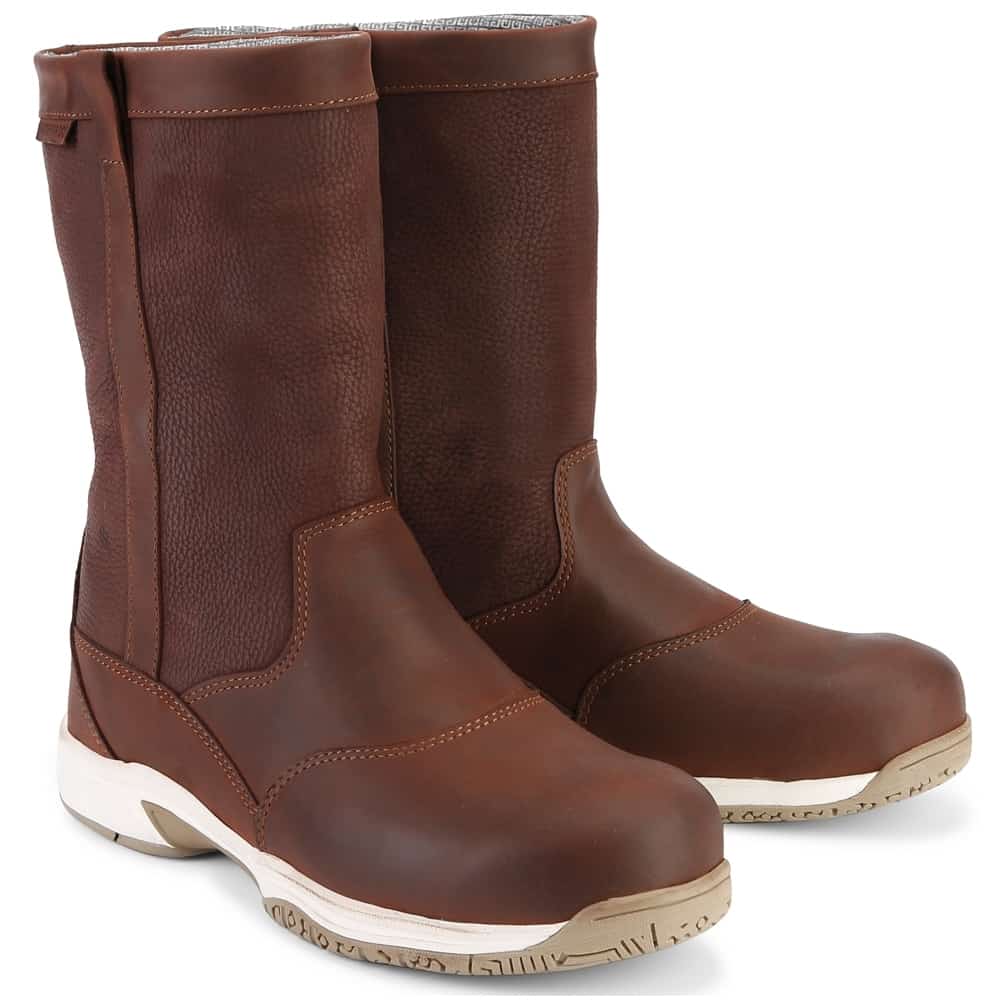Why Waterproofing Matters: The Consequences of Neglect
Waterproofing leather work boots is a crucial step in maintaining their durability and performance. Failing to do so can lead to water damage, mold, and mildew, which can weaken the leather and cause it to crack, fade, or even disintegrate. This not only affects the boots’ appearance but also compromises their ability to protect the wearer’s feet. In harsh work environments, waterproofing is especially important, as it helps to prevent water from seeping into the boots and causing discomfort. By understanding the importance of waterproofing, individuals can take proactive steps to learn how to waterproof leather work boots and ensure they remain effective and durable for years to come. Neglecting to waterproof leather work boots can have long-term consequences, including reduced lifespan, decreased performance, and increased maintenance costs. By investing time and effort into waterproofing, individuals can protect their investment and ensure their boots continue to meet their needs.
Choosing the Right Waterproofing Method for Your Boots
When it comes to waterproofing leather work boots, there are several methods to choose from, each with its own advantages and disadvantages. Understanding the different types of waterproofing methods available is crucial in selecting the best approach for specific types of leather and work environments. Waterproofing sprays, creams, and waxes are three common methods used to protect leather work boots from water damage. Waterproofing sprays are ideal for boots with a smooth, finished leather surface, while creams are better suited for boots with a rougher, more textured surface. Waxes, on the other hand, provide a more natural, non-greasy finish and are often preferred by those who want to maintain the natural look and feel of their boots. When selecting a waterproofing method, it’s essential to consider factors such as the type of leather, the level of water exposure, and personal preference. By choosing the right waterproofing method, individuals can ensure their boots remain protected and durable, even in the most challenging work environments. Learning how to waterproof leather work boots requires a thorough understanding of the different methods available and their applications. By taking the time to research and select the best method, individuals can ensure their boots continue to meet their needs and provide years of reliable service.
Preparing Your Boots for Waterproofing: A Step-by-Step Guide
Before applying a waterproofing treatment to leather work boots, it’s essential to prepare the boots properly. This step is crucial in ensuring the treatment adheres evenly and effectively, providing maximum protection against water damage. To prepare leather work boots for waterproofing, follow these steps: Clean the boots thoroughly using a mild soap and warm water to remove any dirt, grime, or debris. Use a soft-bristled brush to gently scrub away any stubborn stains or marks. Rinse the boots thoroughly and allow them to air dry. Once dry, apply a leather conditioner to moisturize the leather and prevent it from drying out or cracking. Allow the conditioner to absorb fully before proceeding. Next, remove any existing finishes or treatments from the boots using a gentle leather cleaner or solvent. This will ensure the new waterproofing treatment adheres directly to the leather. Finally, inspect the boots for any scratches or scuffs and repair them using a leather repair kit or by taking the boots to a professional cobbler. By following these steps, individuals can ensure their boots are properly prepared for waterproofing, setting themselves up for success when learning how to waterproof leather work boots. A well-prepared boot is essential in achieving optimal results from the waterproofing treatment, and by taking the time to prepare the boots correctly, individuals can ensure their boots remain protected and durable for years to come.
Applying Waterproofing Treatments: Tips and Techniques
When it comes to applying waterproofing treatments to leather work boots, it’s essential to follow the correct techniques to ensure optimal results. Here are some step-by-step instructions on how to apply waterproofing treatments to leather work boots: Begin by selecting the right waterproofing treatment for your boots, taking into account the type of leather, work environment, and level of water exposure. Before applying the treatment, make sure the boots are clean, dry, and free of any existing finishes or treatments. For sprays, hold the can 6-8 inches away from the boot and spray evenly, making sure to cover the entire surface. For creams and waxes, apply a small amount to a soft cloth and rub it into the leather in circular motions. Be sure to follow the manufacturer’s instructions for recommended amounts and drying times. It’s also crucial to test the treatment on a small, inconspicuous area first to ensure it doesn’t damage the leather. When applying the treatment, work in small sections, allowing each section to dry completely before moving on to the next. This will help prevent the treatment from pooling or running, ensuring an even application. By following these tips and techniques, individuals can ensure they are learning how to waterproof leather work boots effectively, providing their boots with the protection they need to withstand the demands of their job. Remember, a well-applied waterproofing treatment is essential in maintaining the durability and performance of leather work boots, and by taking the time to do it right, individuals can enjoy years of reliable service from their boots.
Common Mistakes to Avoid When Waterproofing Leather Work Boots
When it comes to waterproofing leather work boots, there are several common mistakes that individuals can make, which can compromise the effectiveness of the treatment and even damage the boots. To ensure optimal results, it’s essential to avoid these mistakes. One of the most critical mistakes is using the wrong type of waterproofing treatment for the specific type of leather or work environment. For example, using a treatment designed for full-grain leather on suede or nubuck leather can damage the material. Another mistake is applying too much or too little waterproofing treatment. Applying too much can leave a residue on the surface of the boots, while applying too little may not provide adequate protection. Neglecting to test the treatment on a small, inconspicuous area first is also a common mistake. This can lead to discoloration, damage, or other adverse reactions to the treatment. Additionally, failing to follow the manufacturer’s instructions for application, drying times, and recommended amounts can also compromise the effectiveness of the treatment. Furthermore, not preparing the boots properly before applying the treatment, such as not cleaning or conditioning the leather, can also lead to suboptimal results. By being aware of these common mistakes, individuals can take the necessary steps to avoid them and ensure they are learning how to waterproof leather work boots effectively. By doing so, they can protect their investment and ensure their boots remain durable and effective for years to come.
How to Maintain and Reapply Waterproofing Treatments
Maintaining and reappling waterproofing treatments is crucial to ensure continued protection for leather work boots. Regular maintenance helps to prevent water damage, mold, and mildew, and ensures the boots remain durable and effective. To maintain waterproofing treatments, individuals should inspect their boots regularly for signs of wear and tear, such as cracks, scratches, or fading. If any damage is detected, it’s essential to address it promptly to prevent water from seeping into the leather. Additionally, boots should be cleaned and conditioned regularly to prevent dirt and debris from accumulating and compromising the waterproofing treatment. When it comes to reapplying waterproofing treatments, individuals should follow the manufacturer’s instructions for recommended reapplication intervals, which can vary depending on the type of treatment and work environment. For example, boots used in harsh outdoor environments may require more frequent reapplication than those used in dry, indoor settings. It’s also important to reapply treatments after cleaning or conditioning the boots, as these processes can strip away the existing treatment. By scheduling regular maintenance and reapplication, individuals can ensure their leather work boots remain protected and effective for years to come. Remember, learning how to waterproof leather work boots is an ongoing process that requires regular attention to maintain optimal results.
Waterproofing vs. Water Resistance: What’s the Difference?
When it comes to protecting leather work boots from water, there are two common approaches: waterproofing and water resistance. While both methods aim to prevent water from penetrating the leather, they differ in their level of protection and application. Waterproofing provides a complete barrier against water, preventing it from entering the leather at all. This method is ideal for boots that will be exposed to heavy rain, snow, or immersion in water. On the other hand, water resistance offers a degree of protection against water, but may not completely prevent it from entering the leather. This method is suitable for boots that will be exposed to light rain or moisture. Understanding the difference between waterproofing and water resistance is crucial when deciding how to waterproof leather work boots. By choosing the right approach, individuals can ensure their boots remain durable and effective in various work environments. For example, boots used in construction or outdoor work may require waterproofing, while those used in dry, indoor settings may only need water resistance. By selecting the appropriate method, individuals can protect their investment and ensure their boots remain effective for years to come.
Conclusion: Protect Your Leather Work Boots for Years to Come
In conclusion, waterproofing leather work boots is a crucial step in protecting your investment and ensuring they remain durable and effective. By understanding the importance of waterproofing, choosing the right method, preparing your boots, applying treatments, avoiding common mistakes, and maintaining and reapplying treatments, individuals can enjoy long-lasting protection for their boots. Remember, learning how to waterproof leather work boots is an essential part of boot maintenance, and by following the guidelines outlined in this article, you can ensure your boots remain protected from water damage, mold, and mildew. Don’t wait until it’s too late – take the necessary steps to waterproof your leather work boots today and enjoy years of reliable performance. Whether you’re a construction worker, outdoor enthusiast, or simply someone who wants to protect their boots, waterproofing is a simple yet effective way to extend the life of your leather work boots. So, take action now and learn how to waterproof leather work boots to ensure your investment remains protected for years to come.





